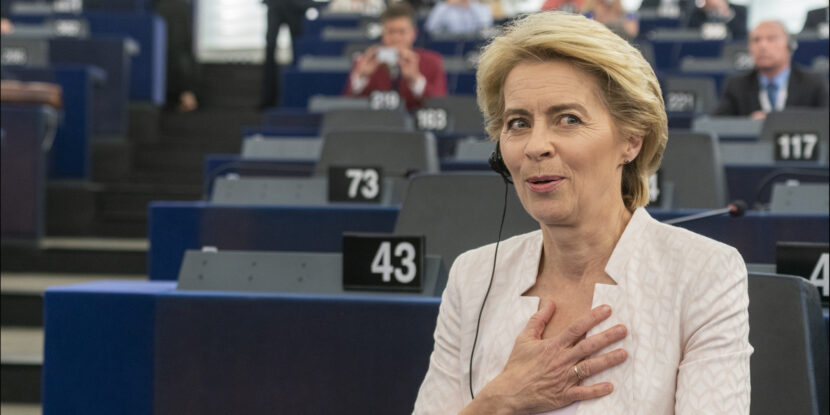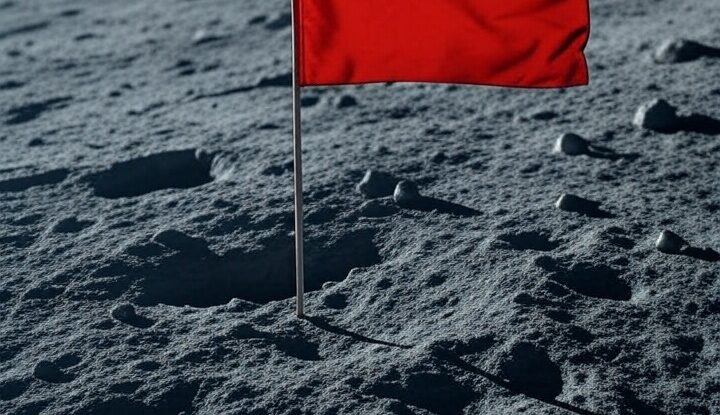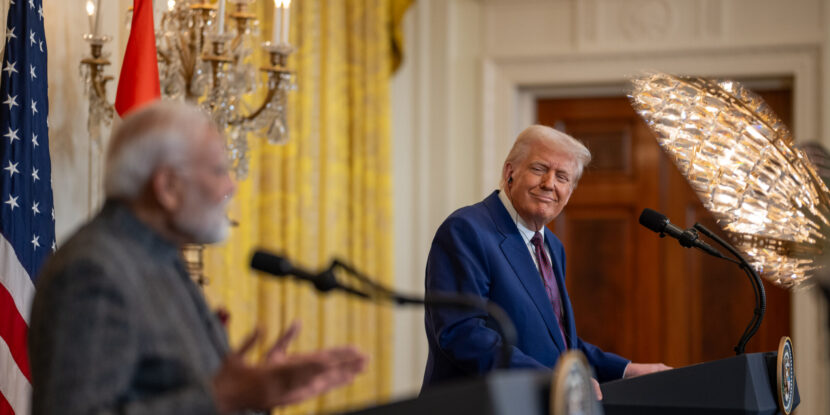Despite throwing its weight behind Ukrainian President Volodymyr Zelensky following his clash with U.S. President Donald J. Trump and Vice President J.D. Vance in the Oval Office last week, the European Union (EU) turns to have put more money into the Russian economy than it supplied to Ukraine in aid last year. According to the Center for Research on Energy and Clean Air, the bloc shelled out $23 billion for Russian oil and gas in 2024, easily surpassing the $19.6 billion in aid sent to Ukraine.
Key markets such as China, India, and Turkey increased their purchase of Russian fuel, collectively contributing billions to Russia’s coffers. It is likely that much more Russian fuel was funneled into Europe through these intermediaries than the headline figure of $23 billion suggests.
Overall, Russian oil exports have fallen by only eight percent since the commencement of the Ukraine war, despite Western sanctions and trade restrictions.
European dependence on Russian fuel is complicated by challenges in alternative sourcing. According to Jonathan Bass of Argent LNG, Russian pipeline gas remains economically viable compared to other options, especially given the geopolitical risks and infrastructure limitations. Restrictions on U.S. liquefied natural gas (LNG) exports have also played a pivotal role, as European nations hesitate to fully pivot to American LNG.
President Trump has repeatedly stressed Europe’s need to do more to assist Ukraine, given the war is in its backyard, and to do more to provide for its own defense in general. As far back as his first term, the America First leader was calling out Germany, the EU’s economic powerhouse, for expecting America to protect it from Russia while enriching the Kremlin through projects such as Nord Stream, while being consistently “delinquent” in meeting its NATO spending obligations.




















